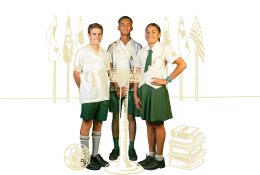News & Publications
Catch up with TAS
News
Publications
News
November 19, 2023,
Principal
Principal’s Blog Edition 3 2023: Outdoor Education
March 21, 2023,
Principal
Principal’s Blog Edition 2 2023: 2022 graduate ATAR results
February 22, 2023,
School News
Principal’s Blog Edition 1 2023: Artificial Intelligence (Part 1)
August 22, 2022,
School News
Principal’s blog: A committed community can make a difference
2022 Ponytail Project: $25,000 raised for Cancer Council Queensland
May 20, 2022,
Principal
TAS recognised among Australia’s best
May 11, 2022,
Principal
TAS bucks math participation trends
Publications




